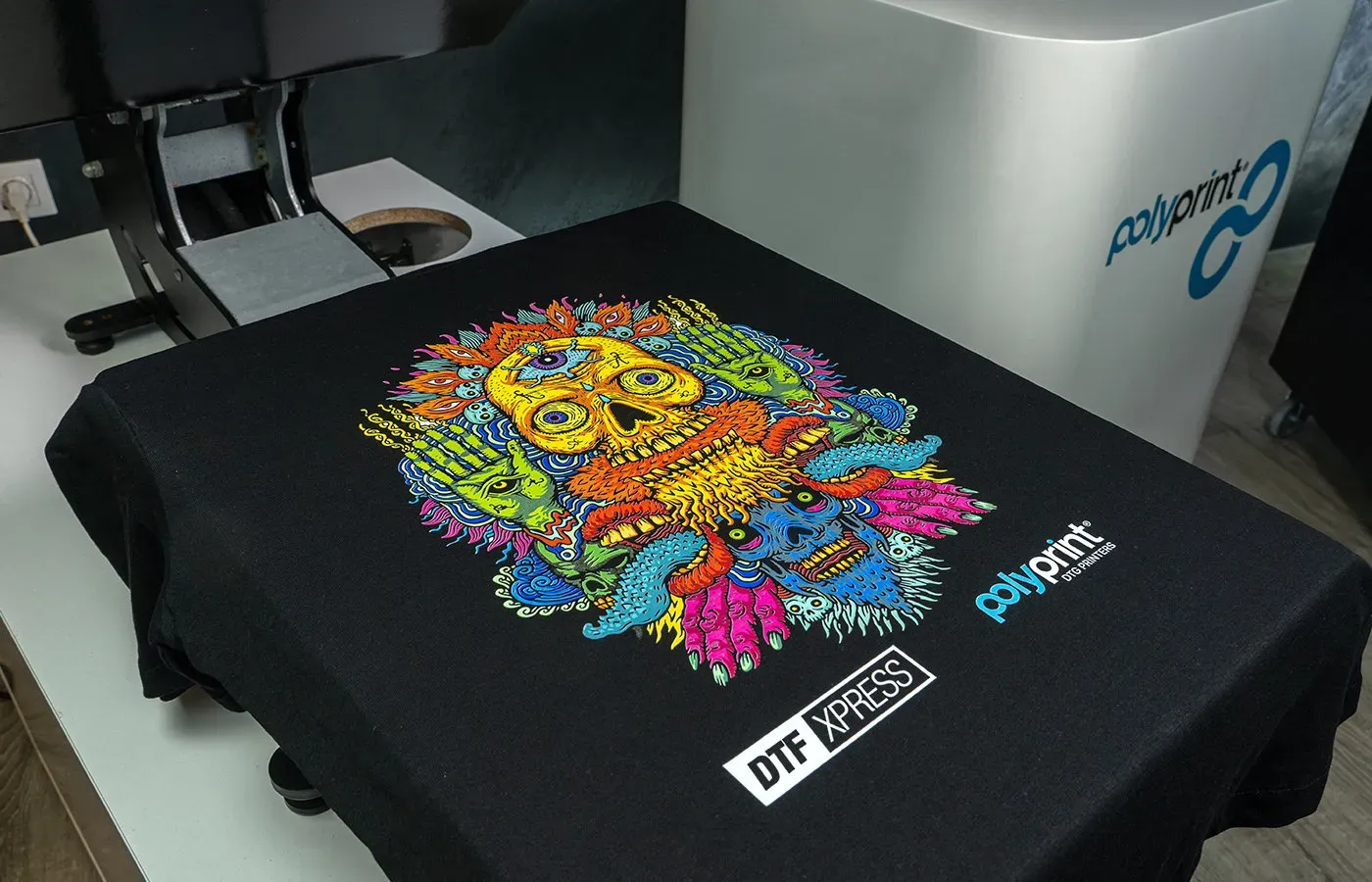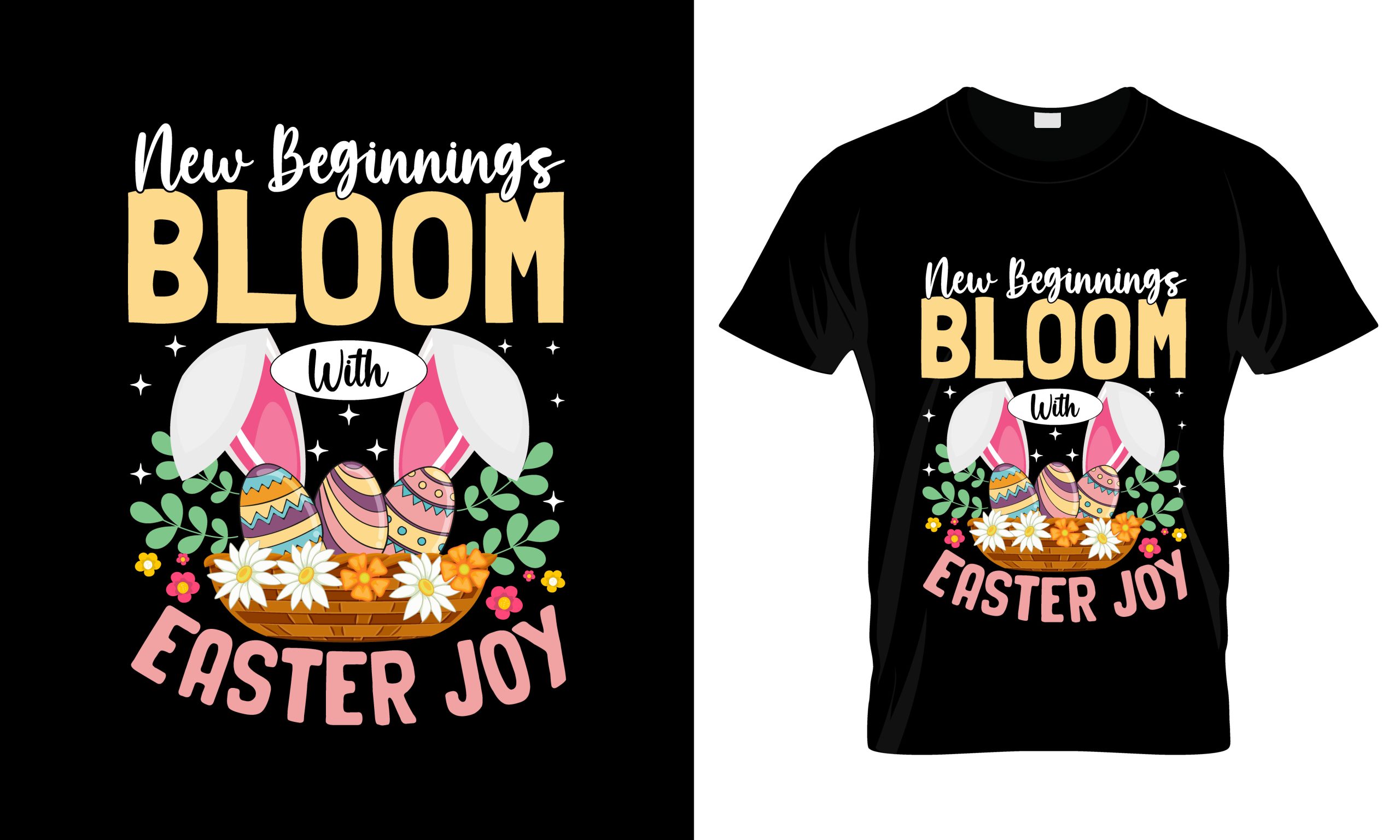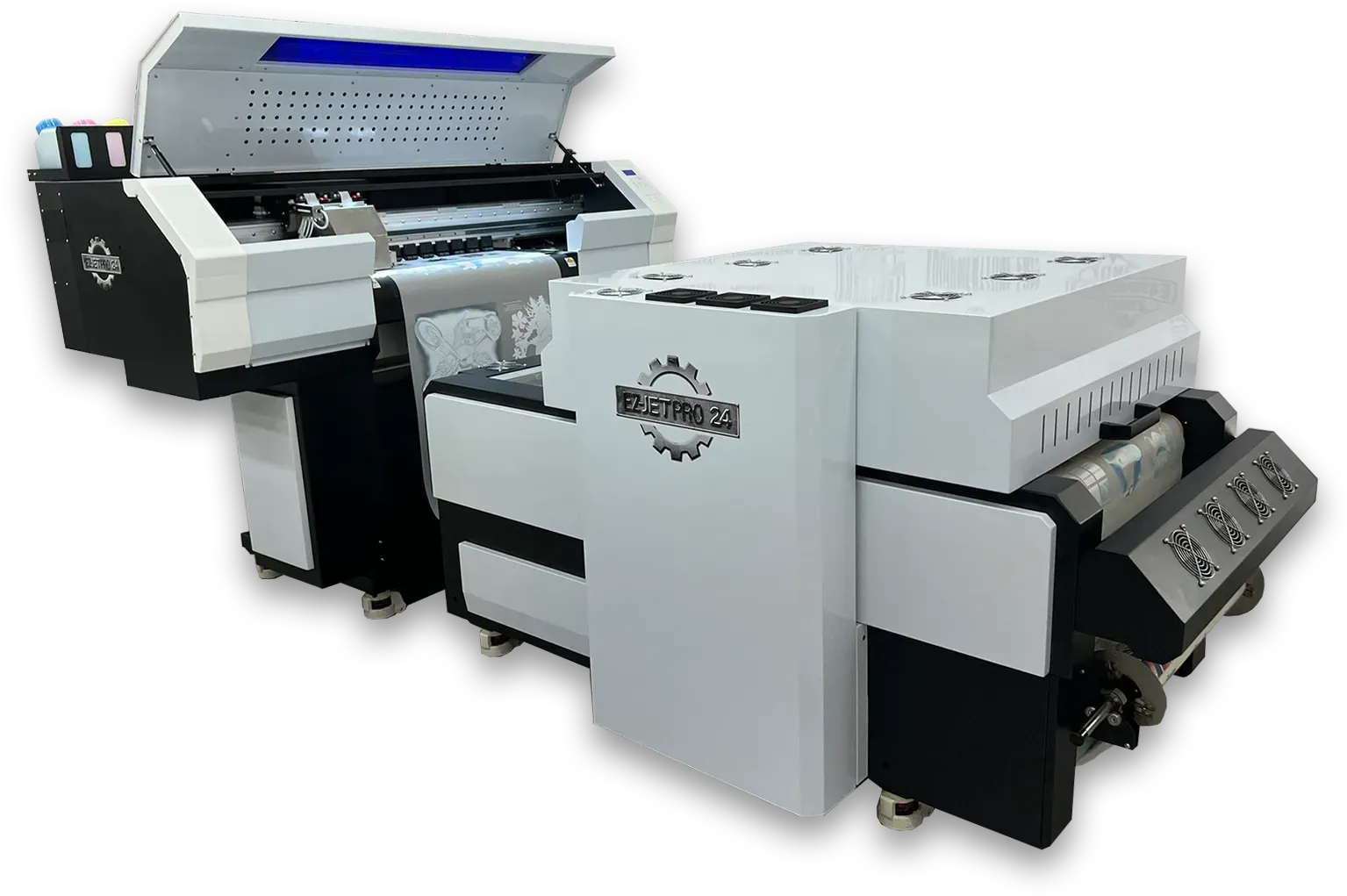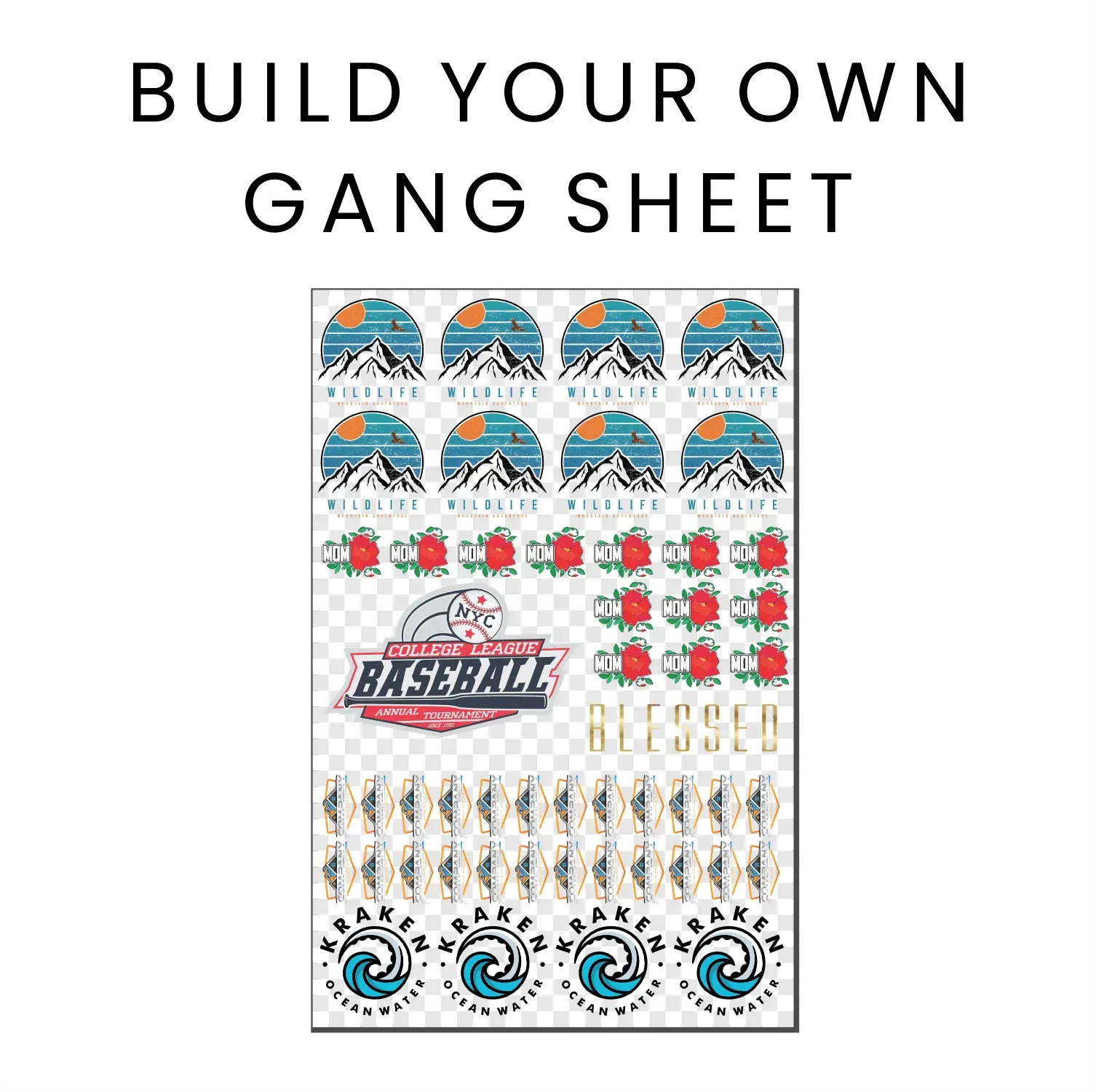DTF Printing: Step-by-Step Process for Flawless Prints
DTF printing, or Direct-to-Film printing, is swiftly becoming a game-changer in the world of custom designs, offering a unique and efficient way to achieve high-quality prints on fabrics. This innovative transfer method allows for the application of detailed artwork with vibrant colors that are both durable and long-lasting. With an increased interest in the DTF transfer process, many artists and businesses are embracing this technique to elevate their printing capabilities. In this introduction, we’ll uncover essential DTF printing tips and explore the significance of selecting the right DTF ink and films to optimize print quality. Prepare to dive into the realm of DTF printing, where creativity and technology meet to produce stunning results.
Bringing a fresh approach to textile customization, the process of Direct-to-Film printing presents a remarkable alternative to traditional methods. Known for its ability to imprint intricate designs directly onto transfer films, this technique stands out in the printing community for its efficiency and versatility. As users navigate the steps involved in processing DTF prints, understanding the nuances of adhesive applications and film preparation becomes crucial. Moreover, exploring related concepts such as the optimal quality of DTF ink and films can significantly enhance the final output, ensuring that the vibrant colors and fine details of artworks are preserved. This discussion will further elucidate the advantages and best practices associated with this advanced printing technology.
What is DTF Printing and How Does It Work?
DTF printing, short for Direct-to-Film printing, is a cutting-edge technique that allows for the printing of designs onto a special transfer film before applying them to fabrics and other materials. This process starts with the creation of a digital design that is printed in reverse on a specially coated DTF transfer film using high-quality DTF inks. The printed film is then covered with an adhesive powder, which reacts to heat during the transfer process, ensuring the ink adheres effectively to the substrate. This method facilitates the reproduction of intricate designs and vibrant colors that can compete with traditional printing methods.
The key to successful DTF printing lies in understanding the equipment and materials involved. Users must utilize specific DTF printers and inks, which are formulated to bond well with the transfer film and the chosen substrate. The DTF transfer process not only enables custom prints on a wide range of fabrics—including cotton, polyester, and blends—but also offers great flexibility in design, allowing users to print complex graphics with varying colors and details that are difficult to achieve with other methods.
Frequently Asked Questions
What is DTF printing and how does it work?
DTF printing, or Direct-to-Film printing, is a method that transfers designs onto various substrates, particularly fabrics. The process involves printing a design onto a special transfer film using DTF inks, applying an adhesive powder, and then transferring it to the fabric using heat and pressure. This technique is known for its vibrant colors and durability.
What are the key benefits of using DTF printing over traditional methods?
DTF printing offers several advantages, including the ability to print complex designs with vibrant colors, compatibility with a broad range of fabrics, and high durability. Unlike traditional printing methods, DTF printing allows for detailed images with minimal setup time, making it efficient for both small and large print runs.
What are some essential DTF printing tips for achieving high-quality prints?
To achieve high-quality DTF prints, ensure you’re using quality DTF ink and films, calibrate your printer regularly for color accuracy, and conduct test prints on scrap materials. Additionally, managing your printing environment’s stability in terms of temperature and humidity can significantly improve the final print quality.
How do I enhance the print quality in my DTF printing process?
Enhancing DTF print quality involves using high-resolution designs, selecting the right printer settings, and applying adhesive powder evenly when transferring. After curing, conduct a wash test to check durability and make adjustments in your process as necessary to maintain top-quality results.
What materials do I need for successful DTF printing?
For successful DTF printing, you will need high-quality DTF films, specialized DTF ink, a compatible DTF printer, and a heat press. Additionally, ensure you have the right adhesive powder and software for design preparation to achieve optimal results.
Are there eco-friendly options available in DTF inks and films?
Yes, there are eco-friendly DTF inks and films designed to minimize environmental impact. Many manufacturers are now producing sustainable options that offer similar print quality while using eco-conscious materials, allowing businesses to adopt greener printing practices.
| Key Point | Details |
|---|---|
| Introduction to DTF Printing | DTF printing is a versatile printing method that allows intricate designs to be transferred onto fabrics with high durability and vibrancy. |
| Focus Keyword | The main focus keyword is ‘DTF printing’, central to the provided information. |
| Related Keywords | 1. Direct-to-film printing 2. DTF transfer process 3. DTF printing tips 4. DTF print quality 5. DTF ink and films |
| Step-by-Step DTF Process | 1. Design Preparation 2. Film Preparation 3. Powder Adhesive Application 4. Transfer Process 5. Post-Processing |
| Tips for Flawless DTF Prints | – Use quality materials – Calibrate printer – Conduct test prints – Control environment |
| Recent Insights | Innovations in inks and films, including eco-friendly options for sustainability in DTF printing. |
| Conclusion | Mastering DTF printing requires practice and commitment to quality. Following the guides and tips can significantly enhance your skills. |
Summary
DTF printing is transforming the way intricate designs are transferred to fabrics, offering a highly efficient and adaptable method to achieve vibrant prints that stand the test of time. As the industry evolves, understanding the DTF printing process, including the crucial steps from design creation to the transfer of prints, is essential for anyone looking to optimize their printing outcomes. By applying the best practices and staying updated on recent developments, businesses and hobbyists alike can ensure they produce stunning quality prints that meet the growing consumer demand for both beauty and sustainability.







